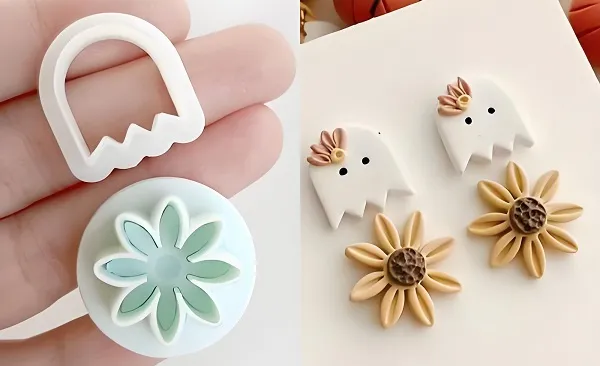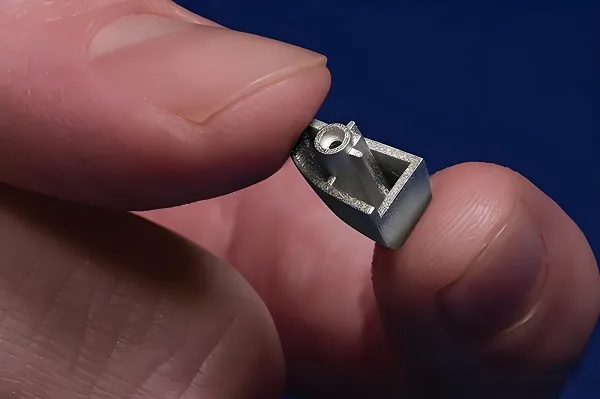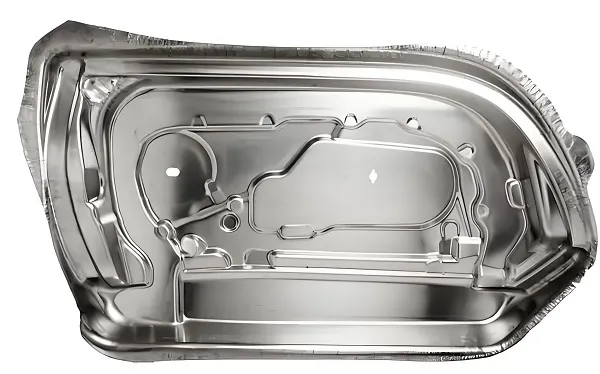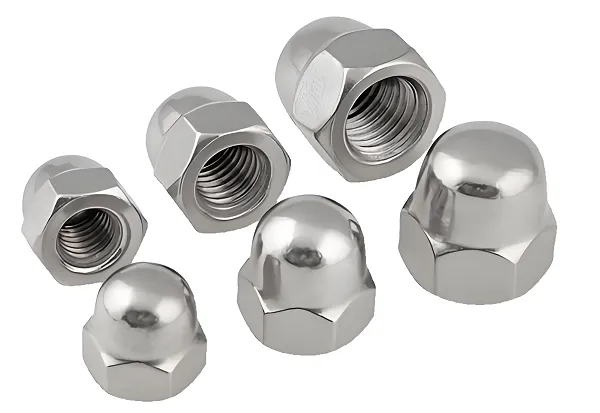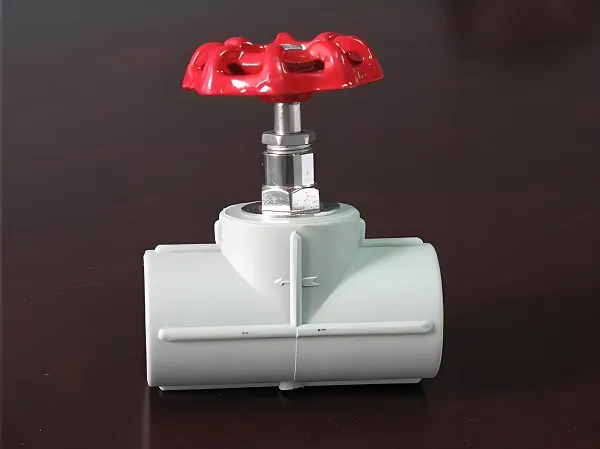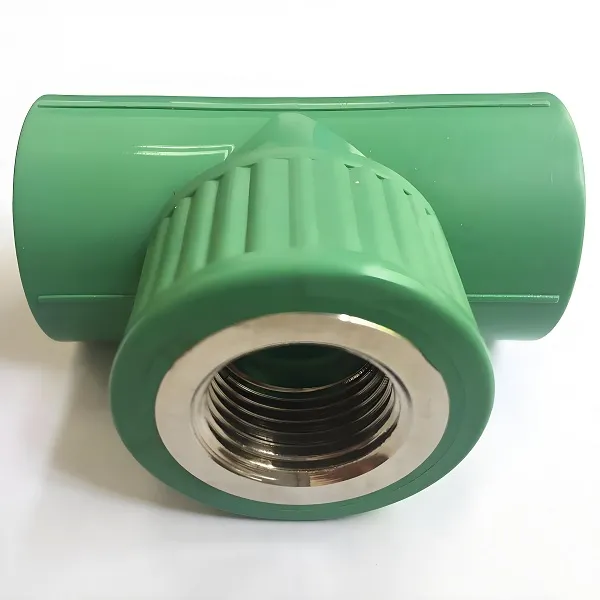In the digital age, 3D printing technology has revolutionized figurine production with its unique ability for personalized customization. 3D printed figurines not only serve as a bridge between the virtual and real worlds but also exhibit broad applications across multiple fields. This article will provide a detailed introduction to the uses and advantages of 3D printed figurines, showcase Xiamen Goldcattle’s advantages in producing these products through a comparison with offerings from multiple companies, and also offer information on specifications, the customization process, and common customization questions.
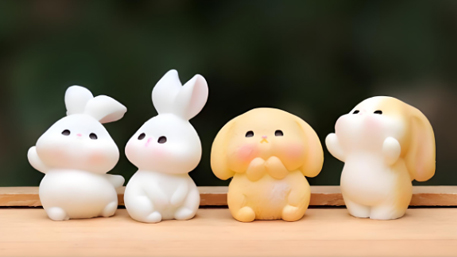
I. Uses of 3D Printed Figurines
3D printed figurines have a wide range of uses, extending beyond entertainment and collection. They can be given as unique gifts to friends and family, enhancing emotional connections. In commercial exhibitions and brand promotions, companies can utilize 3D printed figurines featuring their logos or product images as giveaways during marketing activities, boosting brand recognition. In education, 3D printed figurines serve as excellent teaching aids, helping students better understand and remember knowledge points through concrete models.
II. Advantages of 3D Printed Figurines
-
Personalized Customization: 3D printing technology allows consumers to customize unique toy models according to their preferences and needs. Whether it’s a mini doll based on one’s own image or a model inspired by a favorite movie character, consumers’ pursuit of individuality can be fully satisfied.
-
Unlimited Creativity: Traditional toy design is often limited by production processes, but 3D printing technology can break these limits, allowing designers’ imaginations to run wild. With 3D modeling software, designers can create various exotic shapes and structures, printing out unique toy models.
-
Educational Inspiration: The application of 3D printed figurines in education is particularly prominent. By designing and printing their own figurines, children can not only exercise creativity and hands-on skills but also learn about 3D modeling, physical principles, and other knowledge.
-
Environmentally Friendly and Sustainable: Compared to traditional manufacturing methods, 3D printing reduces waste production and is more environmentally friendly. Additionally, 3D printed toy models can be recycled and reused, extending their lifespan and reducing their negative impact on the environment.
III. Comparison Table of Product Performance Among Multiple Companies for 3D Printed Figurines
| Company Name | Precision | Speed | Material Options | Price | After-Sales Service |
|---|---|---|---|---|---|
| Xiamen Goldcattle | High Precision | High Efficiency | PLA, ABS, PETG, etc. | Moderate | Comprehensive |
| A | High Precision | High Speed | Various Materials | Higher | Cloud Printing Service |
| B | High Quality | Cost-Effective | FDM, SLS | Moderate | Comprehensive Before, During, and After Sales |
| C | High Precision | Multi-Material Application | Various Materials | Higher | Customized Design Support |
| D | High Precision | Easy to Operate | SLA (Stereolithography) | Higher | Technical Training Support |
IV. Specifications of 3D Printed Figurines
The specifications of 3D printed figurines vary depending on the design but commonly range from a few centimeters to several tens of centimeters. Specific sizes need to be determined based on customer requirements and printer capabilities. Common sizes include 3.5 inches, 4.7 inches, 5.3 inches, etc. These sizes allow the figurines to be easily portable while exhibiting sufficient detail.
V. Customization Process for 3D Printed Figurines
-
Design: Based on customer needs or specific themes, use 3D modeling software to design the model. This step may involve manipulating and debugging the 3D modeling software.
-
Slicing: Import the designed model into slicing software for processing, generating instructions that the printer can recognize. The slicing software slices the model into layers for the printer to print layer by layer.
-
Printing: Send the sliced instructions to the 3D printer and start the printing process. During printing, monitor the printer’s status to ensure a smooth print.
-
Post-Processing: After printing, the figurine requires post-processing, including removing support structures, sanding, and painting. These steps can make the figurine more aesthetically pleasing and durable.
VI. Common Customization Questions and Solutions
-
Printing Failures: Possible causes include leveling issues, excessive temperature differences, file storage problems, etc. Solutions include re-leveling the printer, ensuring stable printing environment temperatures, optimizing computer performance, etc.
-
Inappropriate Material Selection: Different materials have different characteristics and uses. Incorrect selection may lead to poor printing results or high costs. The solution is to choose the appropriate material based on customer needs and printing requirements.
-
Unreasonable Design: Unreasonable design may cause issues during the printing process, such as unsupported models or lost details. The solution is to fully consider the printer’s capabilities and material properties during the design process to ensure design rationality.
In summary, 3D printed figurines, with their personalized customization, unlimited creativity, educational inspiration, and environmental friendliness, are gradually changing our way of life. Xiamen Goldcattle, as a company specializing in 3D printing technology, stands out in the field of 3D printed figurines with its high precision, efficiency, diverse material options, and comprehensive after-sales service. By understanding the uses, advantages, customization process, and common solutions to customization questions of 3D printed figurines, we can better leverage this technology to create our own unique works.

